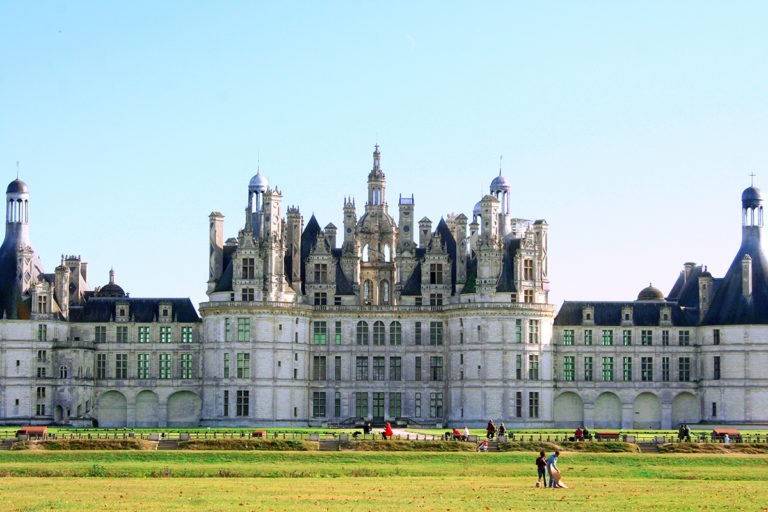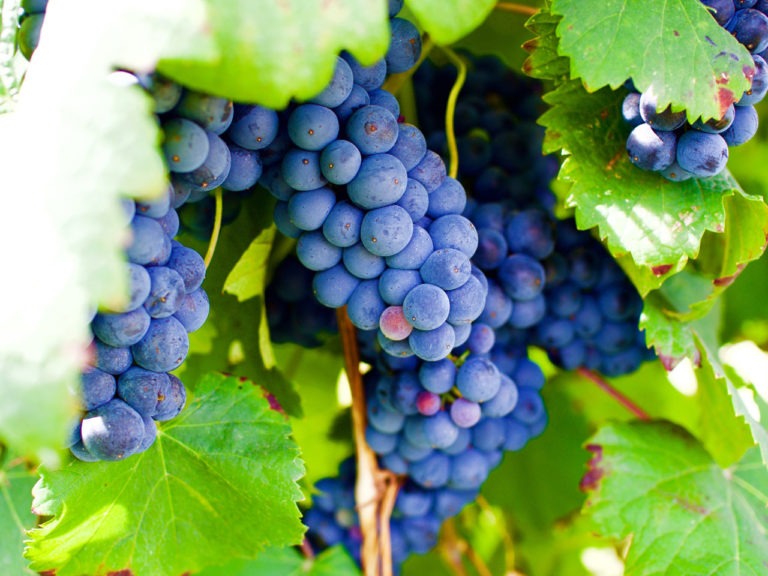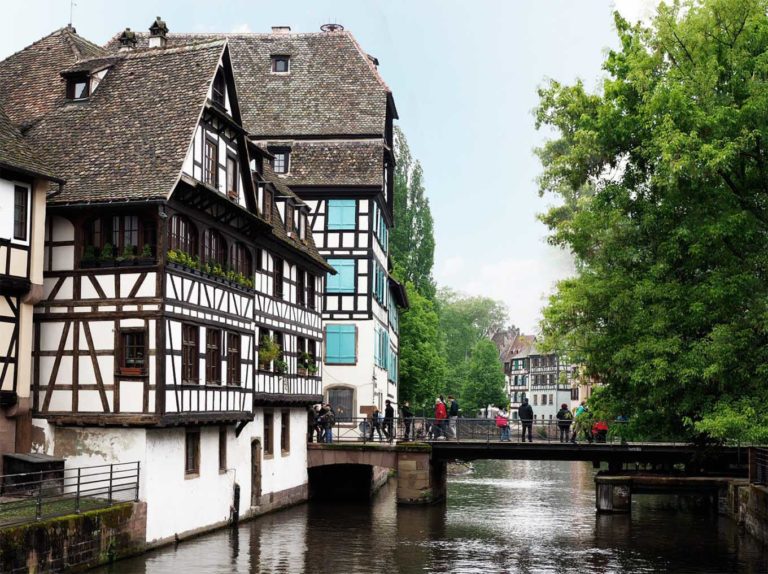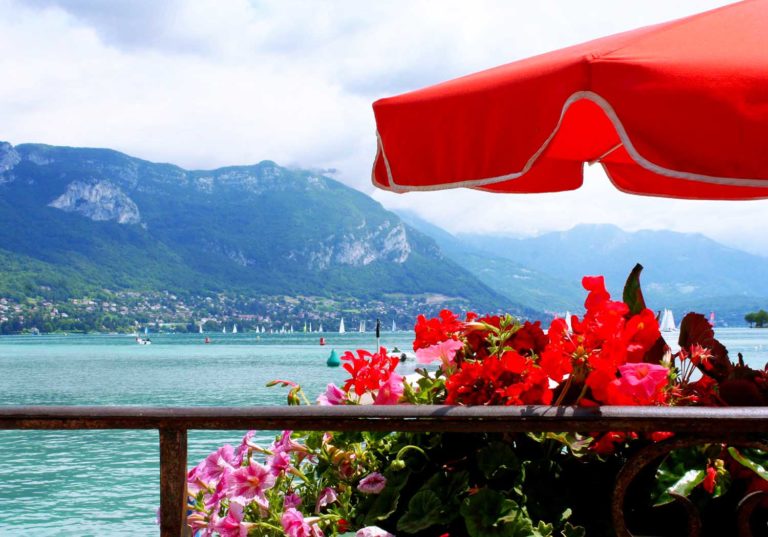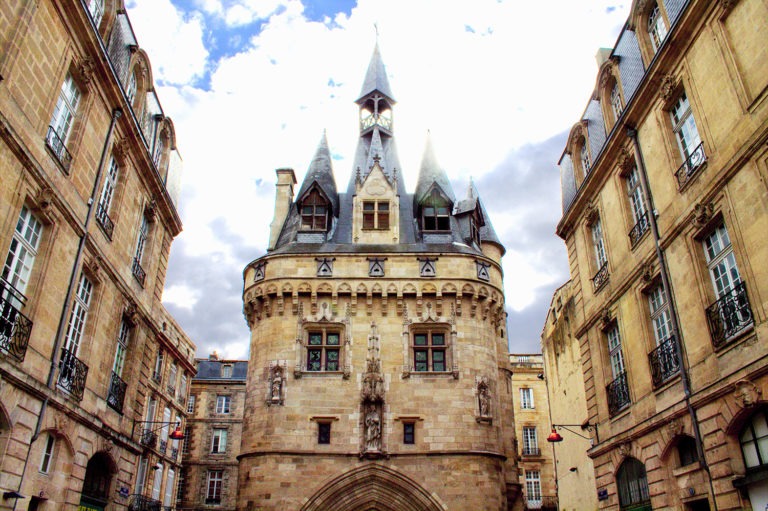Quaint Villages, Cute Harbours, Great Food: A Day At Ile de Ré
I remember visiting Ile de Ré for the first time in 2011, right after I’d moved to France. Some of my new local friends insisted on taking me and my husband away to the western coast for one of the 394830 French May bank holidays (rough estimate), and already, I knew better than to argue with a French person.
So I let myself be driven to Ile de Ré, not having Googled what I was supposed to expect and, therefore, not having a single clue what I had gotten myself into. Little did I know that I would utterly, completely fall for Ile de Ré and that this teeny tiny island off La Rochelle would become one of my most precious happy places in the world.
You can imagine my excitement, five years later, when I finally got to go back.
Things To Do In Ile de Ré
On A Day Trip From La Rochelle
Rivedoux-Plage
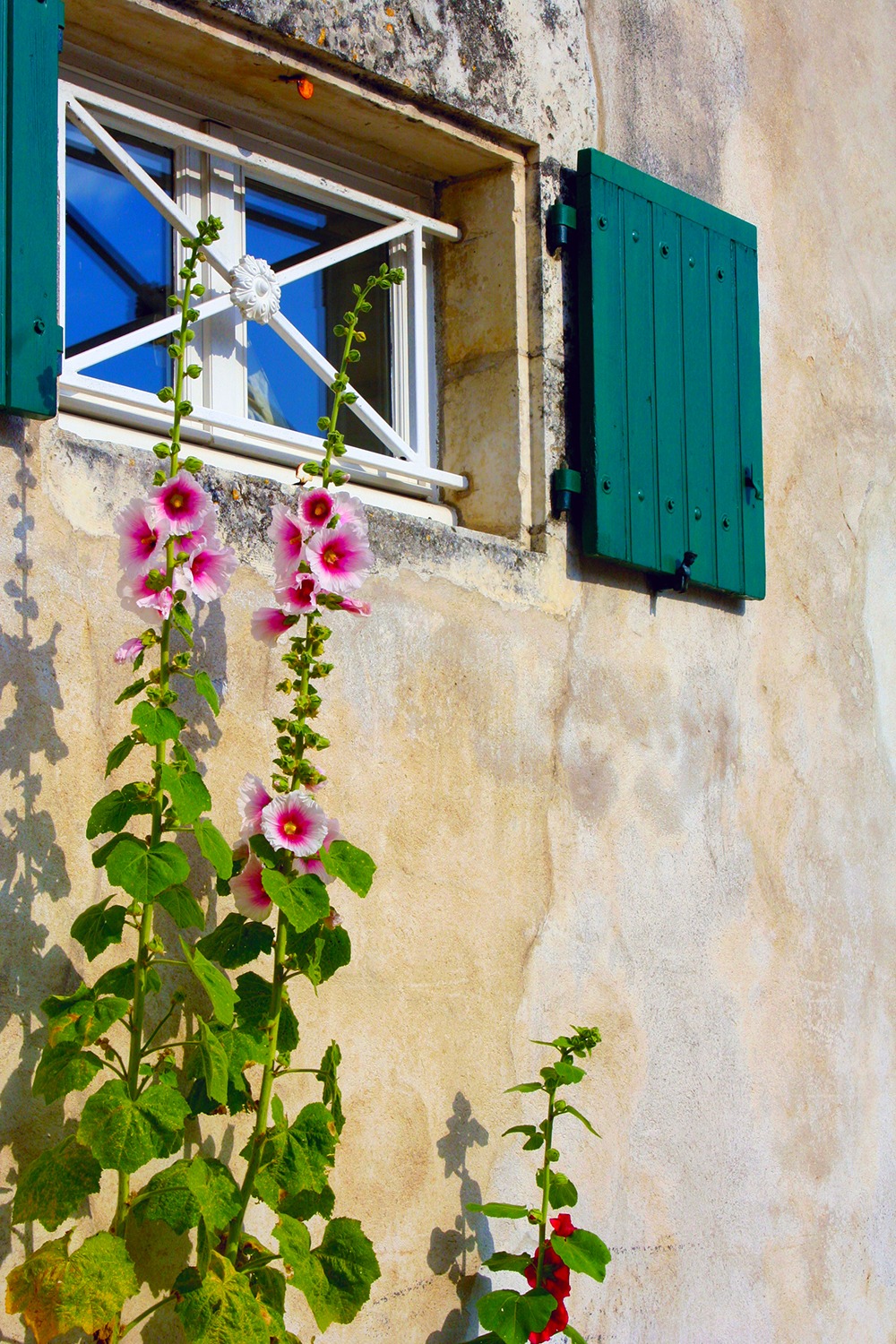 Fish market in Rivedoux-Plage – doesn’t get any fresher than that!
Fish market in Rivedoux-Plage – doesn’t get any fresher than that!





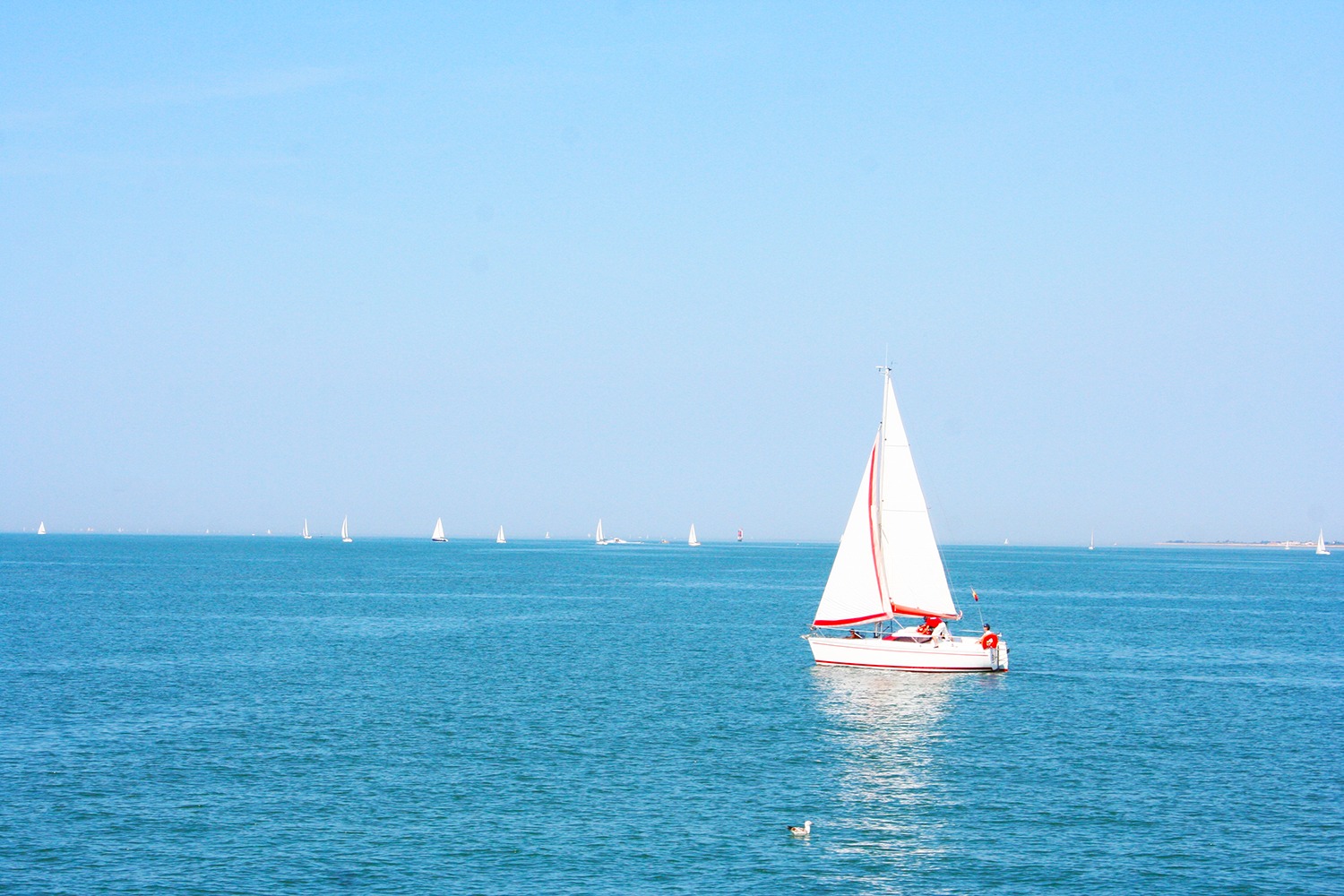
 Looking out to the coast, with the curvaceous Ile de Ré bridge on the right
Looking out to the coast, with the curvaceous Ile de Ré bridge on the right
Rivedoux is the first village you’ll drive into as you exit the La Rochelle / Ile de Ré bridge; it makes for an excellent place to grab breakfast or have a sit-down lunch, depending on the time you get there.
While there aren’t “big ticket attractions” per se in Rivedoux, it’s still well worth a stop, if only for the beautiful waterfront. It’s a great spot to watch the tidal change and to familiarise yourself with the oyster industry, as there are plenty of oyster beds in the area.
Abbaye Des Châteliers
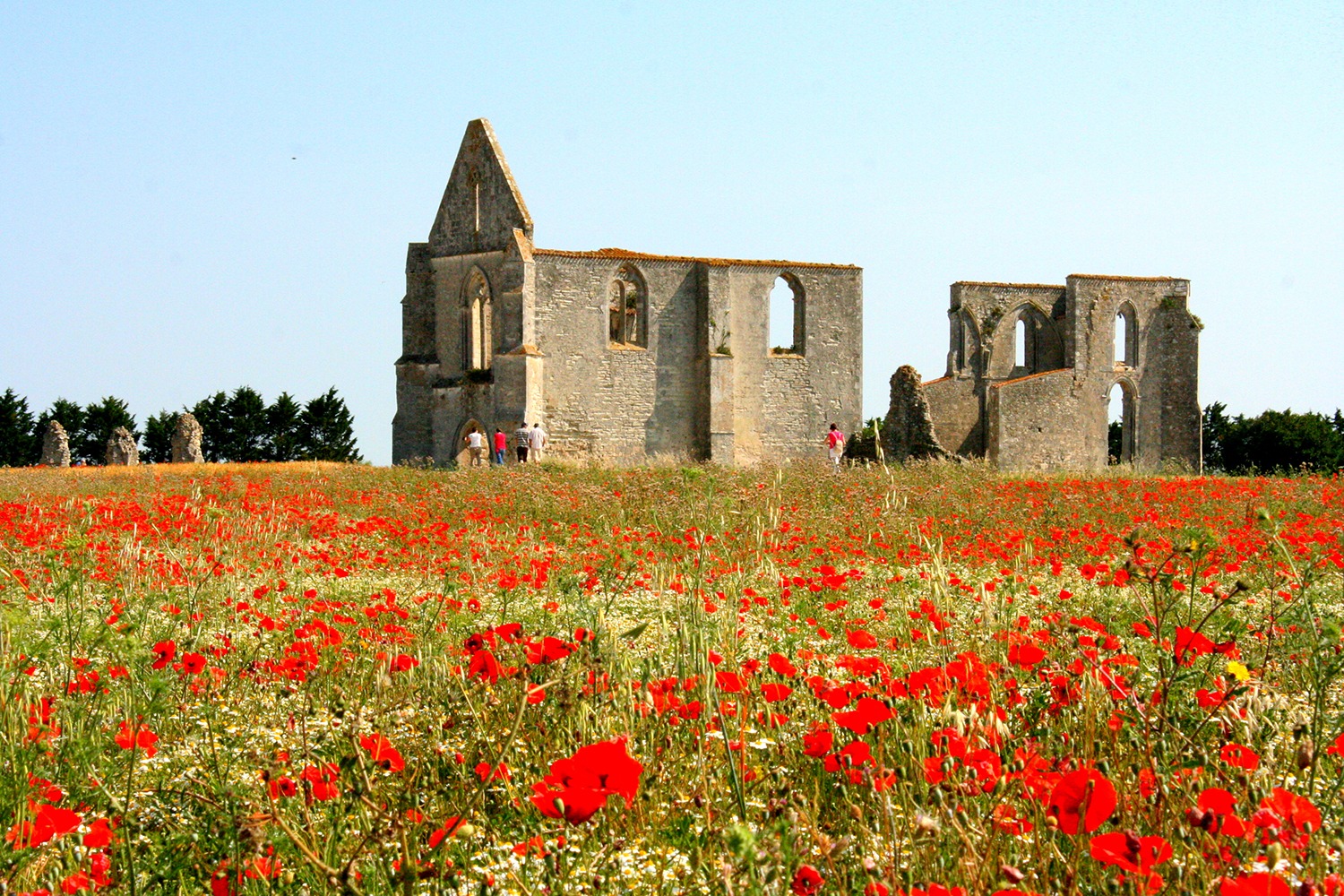 The abbey ruins surrounded by poppies, taken on my first visit in late May 2011
The abbey ruins surrounded by poppies, taken on my first visit in late May 2011
This is one of my all-time favourite travel pictures. I use it abundantly on the blog, as you’ve probably noticed by now! I just love the contrast in colours and the memories associated with this trip.
[left]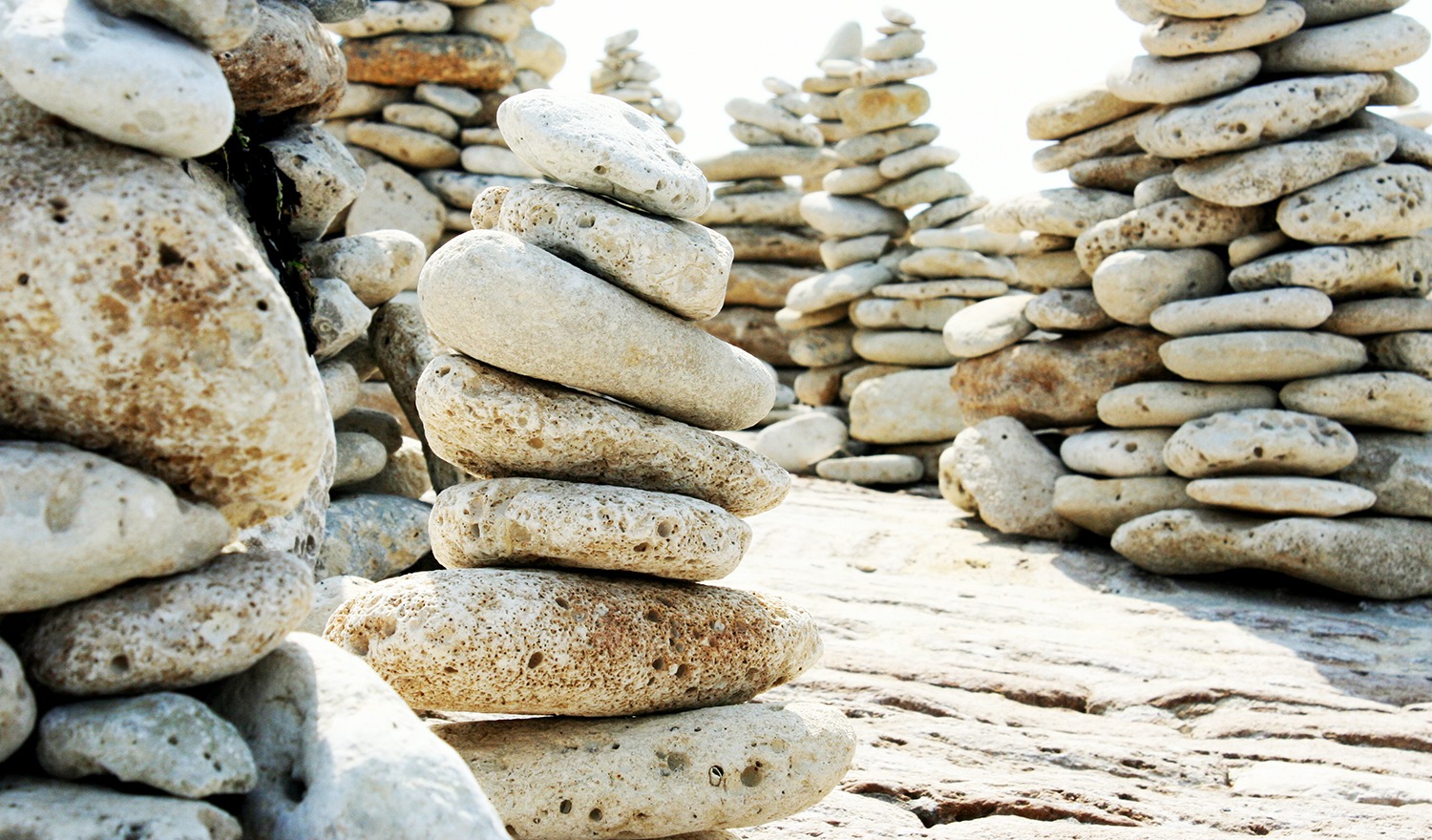 [/left][right]
[/left][right] [/right]
[/right] 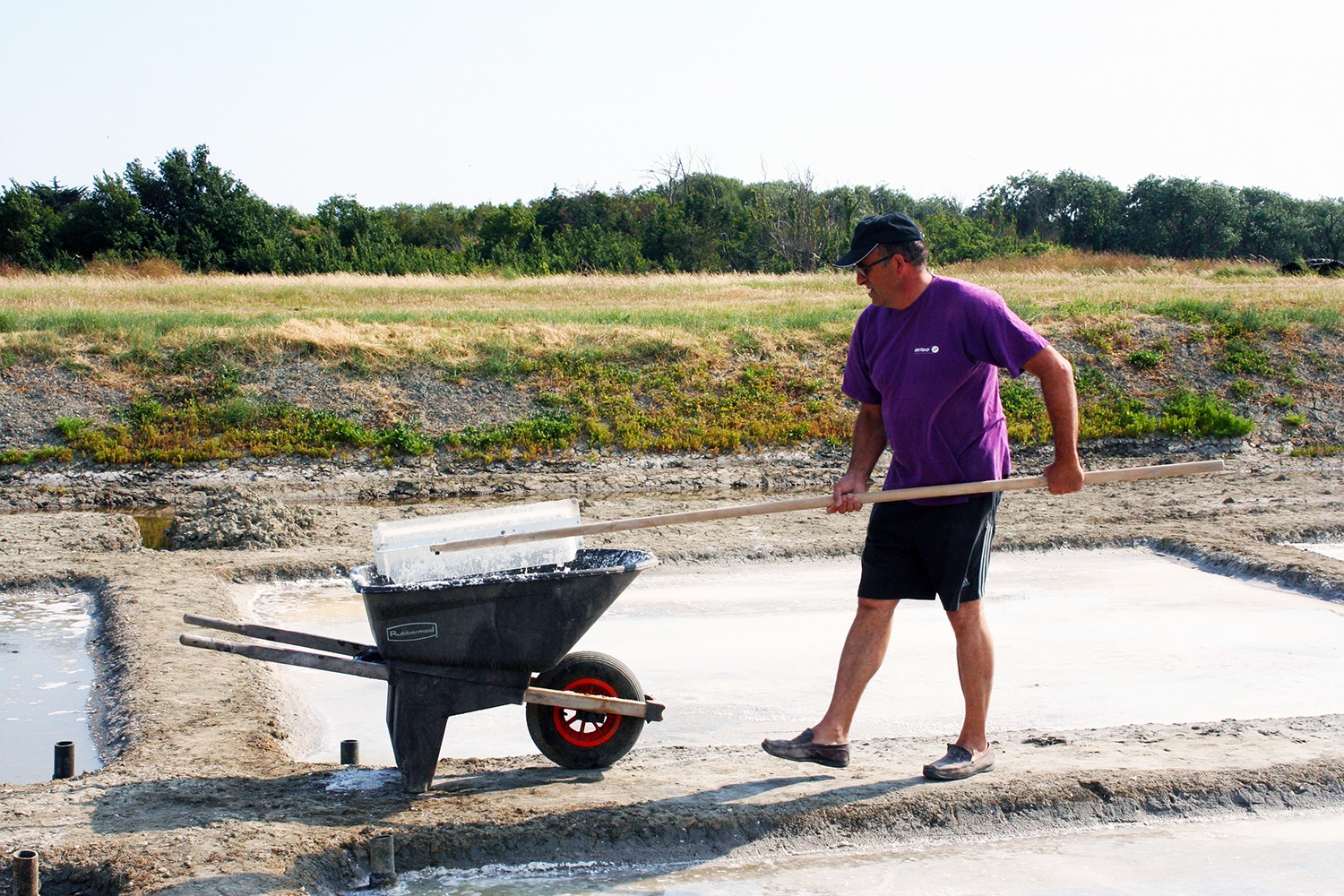
The Abbey itself had a rather eventful history, having been destroyed three times—once by the English fleet in 1294, and again on two different occasions over the course of the Hundred Years War. The ruins that remain to this day date from the last reconstruction in the 14th century; Huguenots vastly contributed to the decay of the abbey as they hunted down Cistercians monks during the French Wars of Religion. It was used as a daymark for boats for several centuries before it was acquired by the French government and made a historic site in the 1990s.
Nowadays, visitors can roam in and around the cloister, galleries, and gardens freely.
La Flotte
[left] [/left][right]
[/left][right]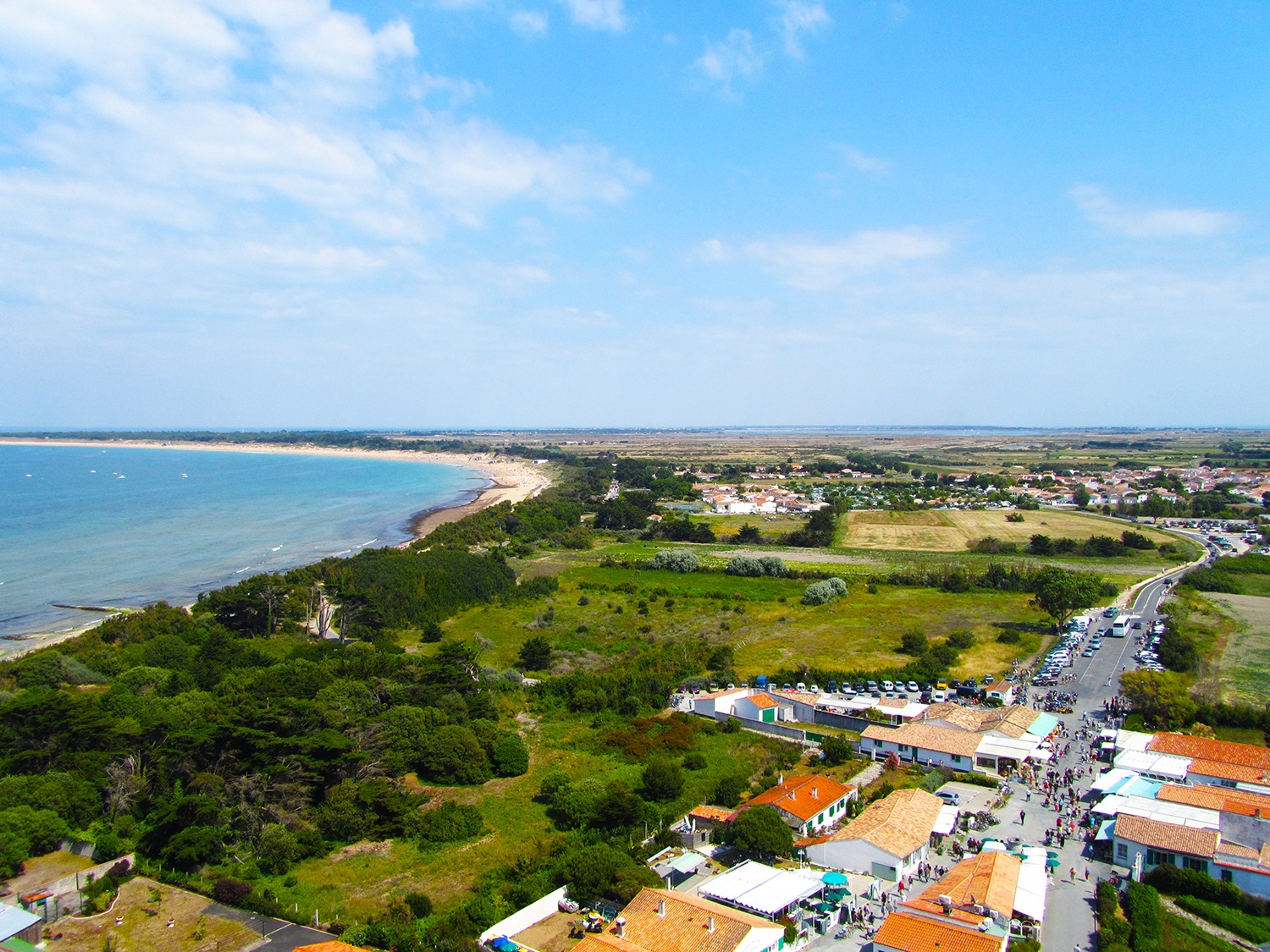 [/right]
[/right]



Welcome to one of France’s official “most beautiful villages”! The fishing and yachting port are infinitely photogenic, as are La Flotte‘s neverending succession of iconic and pedestrianised back alleys, which surround the port and the sea front.
Spanning just 30 kilometres from east to west and barely 5 kilometres at its widest section, Ile de Ré is a delightful island celebrated for its languid character and sunny disposition. And La Flotte is no different; from the terracotta roof tiles to the iconic green shutters, from the whitewashed houses to the fuschia azaleas (that had yet to bloom during my most recent visit), there’s no doubt that this village is postcard material.
With its many restaurants, markets, and shops, La Flotte is a great place to spend a few hours smelling the salty ocean air—or, if you’re like me, to Instagram everything.
 [col1]
[col1] [/col1][col2]
[/col1][col2] [/col2][col3]
[/col2][col3] [/col3]
[/col3]


Saint Martin de Ré
Saint-Martin-de-Ré is the island’s metropolis, home to a whopping (note the sarcasm here) 2600 permanent inhabitants. I couldn’t find exact numbers concerning summertime demographics but I am fairly certain that modest number is quintupled in the warmest months of the year…
Behold, ladies and gentlemen, the crown jewels of Ile de Ré.



 A gigantic salted caramel and chantilly cream waffle – YES PLEASE! I regret nothing.
A gigantic salted caramel and chantilly cream waffle – YES PLEASE! I regret nothing.
[left] [/left][right]
[/left][right] [/right][left]
[/right][left] [/left][right]
[/left][right] [/right]
[/right]

Much like La Flotte, located just a few kilometres further east, Saint-Martin-de-Ré is awash with winding pedestrianised streets filled with art galleries, souvenir shops, and island-chic boutiques.
But besides its absolutely perfect-looking harbour and marina, the village’s claim to fame is its 17th-century star-shaped fortifications (now registered at the UNESCO World Heritage) designed by Vauban himself, one of Louis XIV’s —and, arguably, France’s— most acclaimed marshals and military engineers. The fortress and its 14-kilometres long ramparts were built to protect Ile de Ré against potential invasions and undesired landings; indeed, Ré used to be a favoured target of the English naval power, in large part because of the safe anchorage and the supply capacities the island was famous for. Later on, as French and English rivalries came to a rest, the citadel was mostly used as a penal slavery colony that dispatched labourers to Guadeloupe and New-Caledonia.
You will not be able to visit inside the enceinte unless you are convicted of a crime in a French court of law, for Citadelle de Saint-Martin-de-Ré is nowadays a fully functional penitentiary. The ramparts, however, are open to the public and free of charge.
While tricky to photograph, these defences are better seen with your own two eyes while exploring on your own two feet—if you’re lucky, you’ll even get the chance to admire them right before the storm comes crashing down on the small commune.
[left] [/left][right]
[/left][right] [/right]
[/right]
 [left]
[left] [/left][right]
[/left][right] [/right]
[/right]
Phare aux Baleines
At the very western tip-top of Ile de Ré in Saint-Clément-des-Baleines stands the “Whale Lighthouse”, which was named after the numerous beached cetaceans that washed up on the rocky beach below.
This particular lighthouse was only built in 1849, replacing the still-existing lighthouse —nowadays called “la Vieille tour”, the old tower— that Vauban (yeah, that guy again) commissioned, which became too short and inefficient as maritime traffic increased along the coasts of France.
If your calves can handle it, the 257-step hike to the top is met with absolutely stunning and unparalleled views of Ile de Ré and beyond.

 Taken from my first trip at Phare des Baleines in 2011
Taken from my first trip at Phare des Baleines in 2011


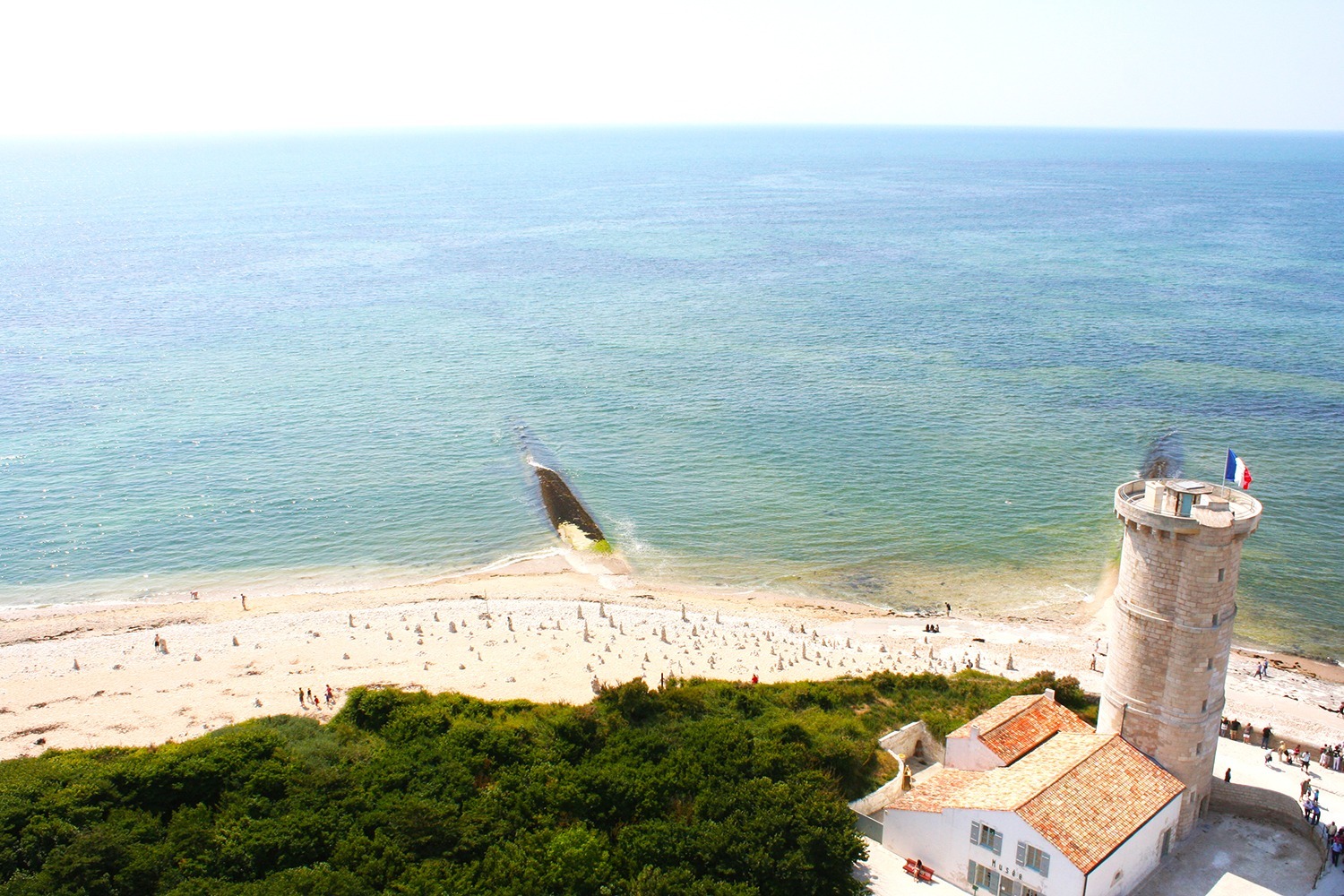
[left] [/left][right]
[/left][right] [/right]Sure, I expected to be out of breath going up—but what I had failed to anticipate was vertigo coming down!
[/right]Sure, I expected to be out of breath going up—but what I had failed to anticipate was vertigo coming down!
Ile de Ré – Know Before You Go
- Crossing the toll bridge by car from La Rochelle to Ile de Ré costs 16€ in the summertime (June to September) and 8€ in the wintertime (September to June). Credit cards and coins are accepted.
- Summers in Ile de Ré are nothing short of blissful, but that is, unfortunately, a wide open secret; saying the island becomes crowded would be an understatement, especially in August where the vast majority of the country is on holiday, making it almost impossible to move around, nevermind find parking or accommodation. May, June, and September are the best months to visit.
- There are two ways you can circle Ile de Ré: by bike or by car. The former is much simpler than it sounds, as the island’s highest point is just 19 metres above sea level and features a total of 100 kilometres worth of marked trails. Cars can easily be parked at the metred parking lots usually situated right outside the village centre. They cost roughly €1 per hour.

- Salt production is a big industry on Ile de Ré, and has been for a long time; Cistercian Monks farming north of the island in the 13th century reclaimed land from the sea and created 3,700 acres worth of breakwaters used to produce salt, which made Ile de Ré instrumental in the Atlantic trade business. Nowadays, over sixty producers sell “fleur de sel”, which is famous worldwide for its delicate sea flavour. The artisan salt is sold in every supermarket and tourist shop on the island. Other yummy souvenirs you can get: salted caramel everything (someone please bring me some more, I’m afraid my supply is running low).
[wpgmza id=”212″]

